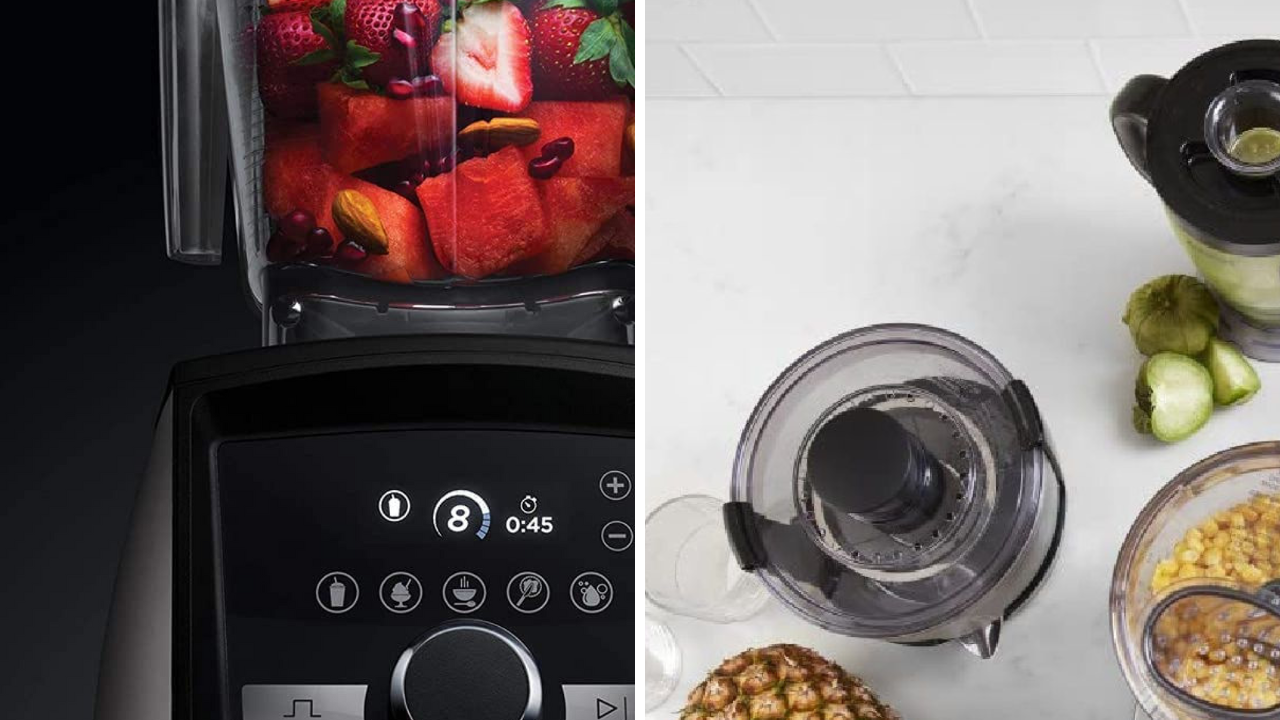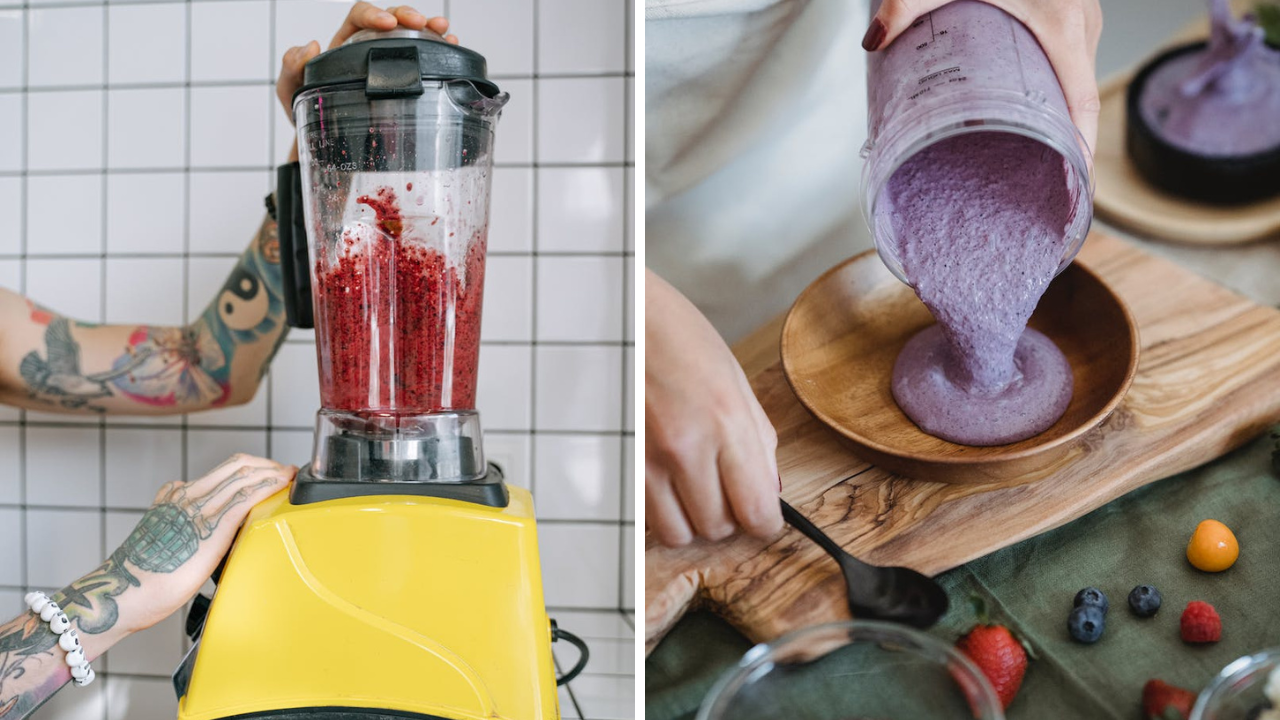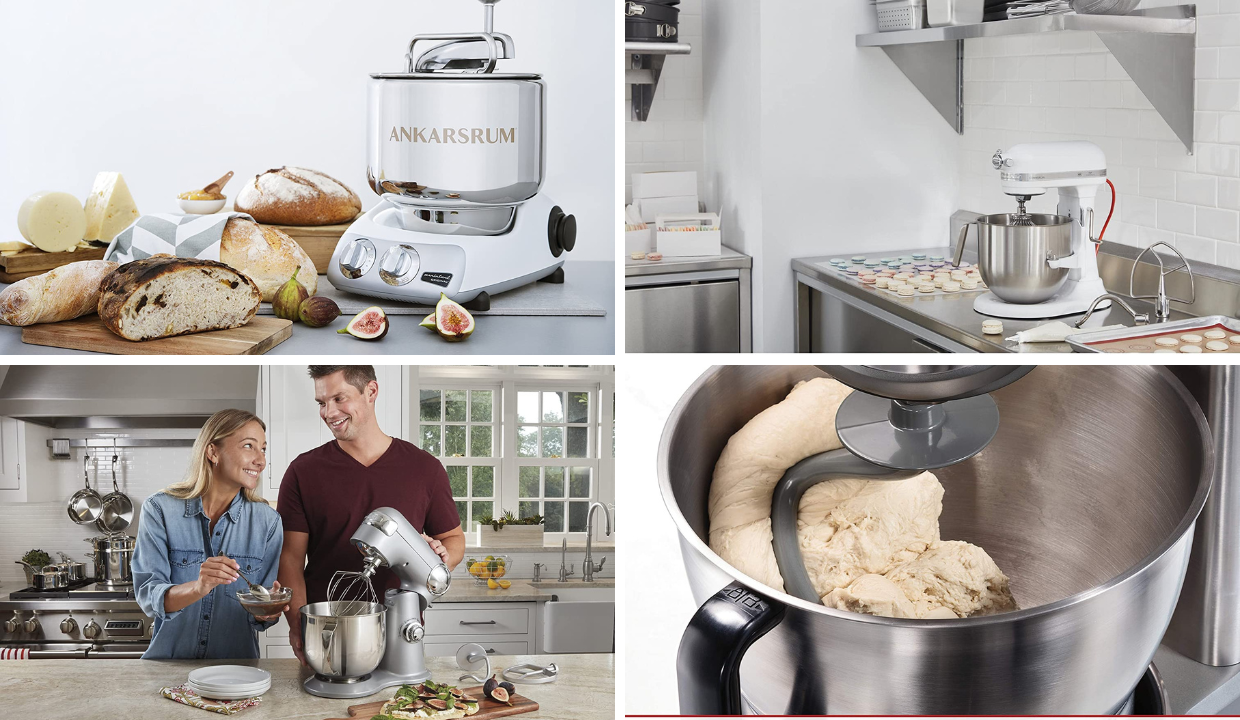Blenders are a staple in many households, as they can be used to make a variety of healthy and delicious foods and drinks.
However, when it comes to cleaning the blender, many people wonder if it is safe to put it in the dishwasher.
This article will explore the question of whether a blender is dishwasher safe and provide some helpful tips for proper cleaning and maintenance.
Understanding Blenders Blenders are kitchen appliances that are used to mix, chop, puree, and blend foods and liquids.
They consist of a motorized base, a container, and a blade assembly.
Blenders come in different sizes, shapes, and materials, and can be used for a variety of tasks, such as making smoothies, soups, sauces, dips, and baby food.
Materials Used in Blenders Blenders are made of different materials, such as plastic, glass, and stainless steel.
Plastic blenders are lightweight and durable, but may absorb odors and stains over time.
Glass blenders are heavy and breakable, but do not absorb odors and stains. Stainless steel blenders are sturdy and stylish, but may be more expensive than other types.
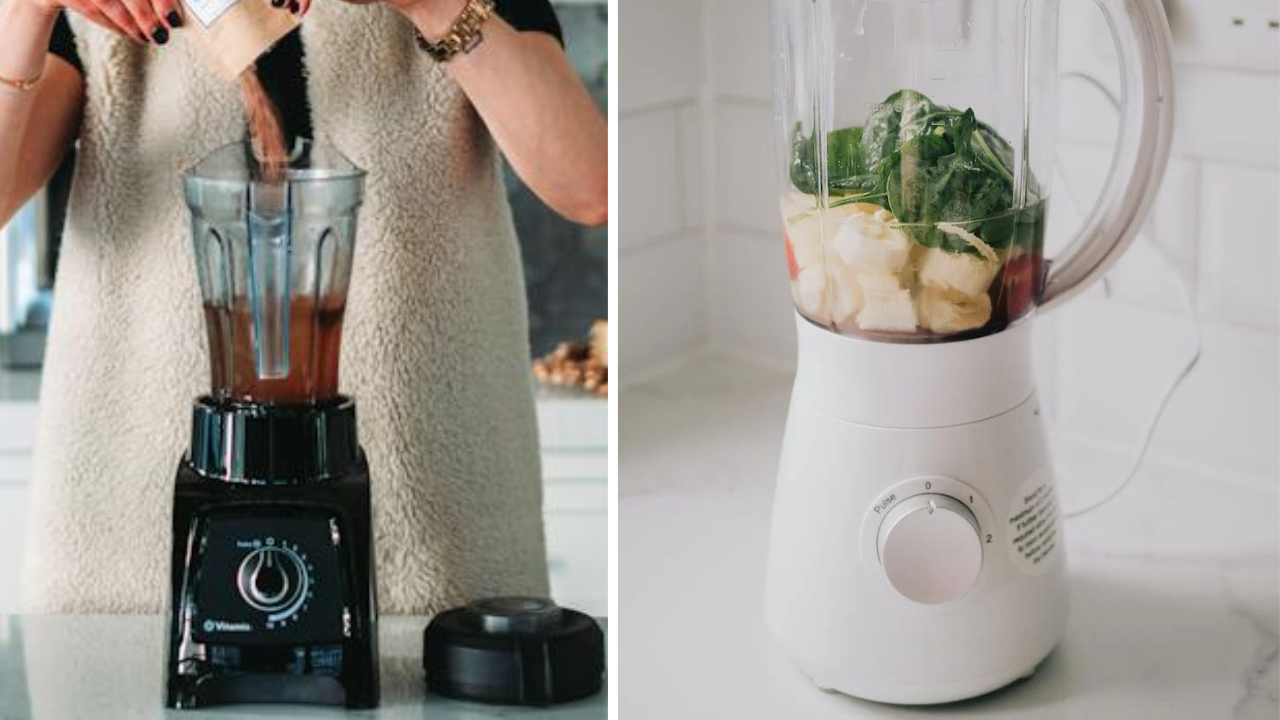
Key Takeaways
- Blenders can be a versatile kitchen tool, but many people wonder if they are dishwasher safe.
- The materials used in blenders vary, and each has its own advantages and disadvantages.
- Proper cleaning and maintenance are important for the longevity and safety of blenders.
Understanding Blenders
Blenders are versatile kitchen appliances that are used to blend, puree, and mix ingredients.
They come in different types and sizes, with features that cater to different needs.
Some blenders are designed for personal use, while others are built for commercial purposes.
Blenders consist of a motor, a blade assembly, and a container. The motor powers the blade assembly, which blends the ingredients in the container.
The container can be made of different materials, such as glass, plastic, or stainless steel.
When it comes to cleaning blenders, one of the most common questions that arises is whether or not they are dishwasher safe. The answer to this question depends on the type and model of the blender.
Some blenders are dishwasher safe, while others are not. It is important to read the manufacturer's instructions and guidelines before attempting to clean the blender.
If the blender is not dishwasher safe, it should be cleaned by hand using warm water and dish soap.
In addition to the dishwasher safety, there are other factors to consider when using and cleaning a blender.
For example, some blenders have detachable blades that can be removed for easier cleaning. Others have self-cleaning settings that make them easier to maintain.
Overall, understanding the different types and features of blenders can help users make informed decisions about their purchase and use.
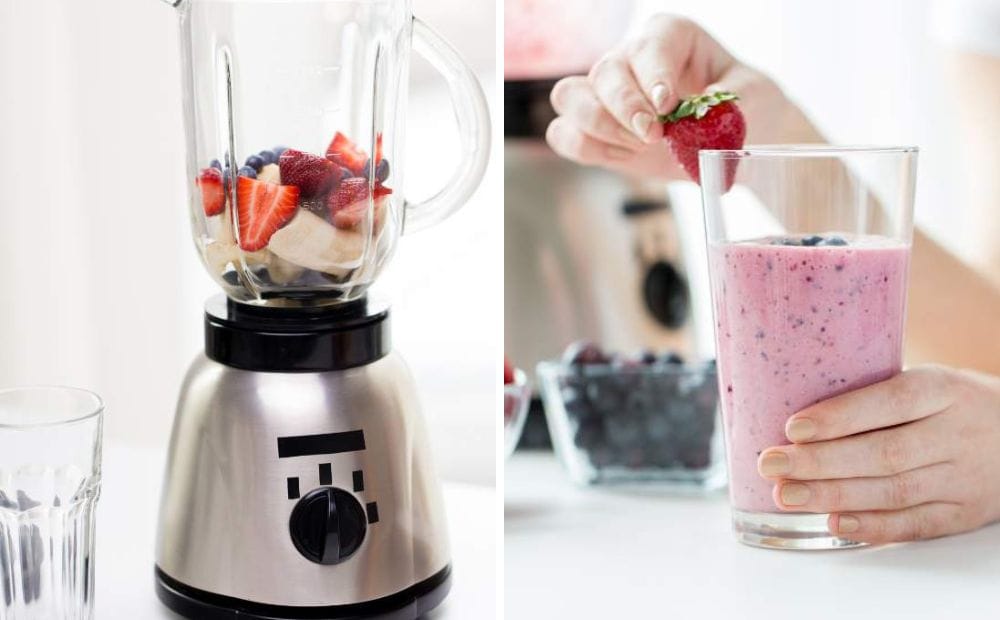
Making a smoothie in a glass blender
Materials Used in Blenders
Blenders are made of different materials, and the materials used play a significant role in determining whether a blender is dishwasher safe or not.
Some of the common materials used in making blenders include:
Glass
Glass blenders are popular because they are sturdy, durable, and easy to clean. They are dishwasher safe, but some models may have detachable parts that should be washed separately.
Plastic
Plastic blenders are lightweight, affordable, and come in a variety of colors. However, not all plastic blenders are dishwasher safe.
Some plastic models may warp or crack when exposed to high temperatures, so it's essential to check the manufacturer's instructions before putting them in the dishwasher.
Stainless Steel
Stainless steel blenders are durable, rust-resistant, and easy to clean. They are dishwasher safe, but some models may have detachable parts that should be washed separately.
Other Materials
Blenders can also be made of other materials such as aluminum, copper, and titanium.
However, these materials are less common, and blenders made from them may not be dishwasher safe.
In summary, the materials used in making blenders play a significant role in determining whether they are dishwasher safe or not.
Glass and stainless steel blenders are generally dishwasher safe, but plastic blenders may not be.
It's essential to check the manufacturer's instructions before putting any blender in the dishwasher.
Dishwasher Safety of Blender Parts
Blenders are a versatile kitchen appliance that can be used for making smoothies, soups, sauces, and more.
With regular use, it's important to keep the blender clean to prevent the growth of bacteria and ensure safe food preparation. One question that often comes up is whether blenders are dishwasher safe.
Blender Jar
The blender jar is the main container that holds the ingredients. Most blender jars are made of plastic or glass.
If the blender jar is made of plastic, it's important to check the manufacturer's instructions to see if it's dishwasher safe.
Some plastic blender jars can warp or crack in high heat, which can cause leaks or damage to the blender.
Glass blender jars are generally dishwasher safe, but it's important to make sure the jar is securely placed in the dishwasher to prevent it from moving around and breaking.
Blender Lid
The blender lid is the top part of the blender that covers the blender jar. Most blender lids are made of plastic or rubber.
Plastic lids should be checked for dishwasher safety, as some can warp or crack in high heat.
Rubber lids are generally dishwasher safe, but it's important to make sure the lid is securely placed in the dishwasher to prevent it from moving around and potentially damaging the blender.
Blender Blades
The blender blades are the sharp parts that blend the ingredients together. Most blender blades are made of stainless steel, which is dishwasher safe.
However, it's important to make sure the blades are securely fastened to the blender jar before placing it in the dishwasher. Loose blades can damage the blender or other dishes in the dishwasher.
Blender Base
The blender base is the bottom part of the blender that houses the motor and controls.
The blender base should never be placed in the dishwasher, as it contains electrical components that can be damaged by water. Instead, the base should be wiped down with a damp cloth and cleaned with a mild detergent.
Overall, it's important to check the manufacturer's instructions for dishwasher safety before placing any blender parts in the dishwasher.
If in doubt, it's better to hand wash the parts to prevent damage and ensure safe food preparation.
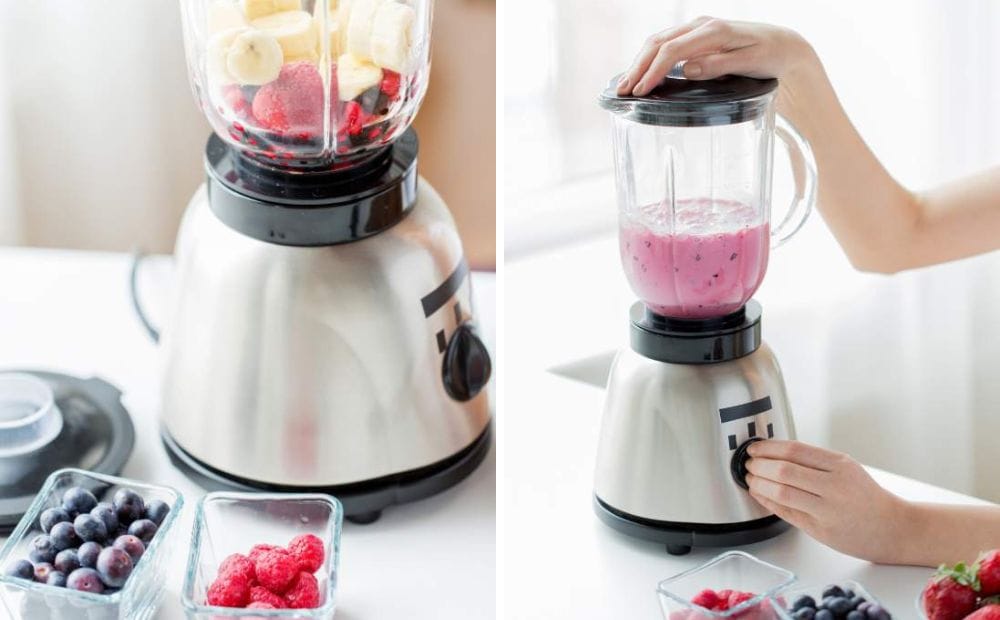
Making a smoothie in a blender
Factors Affecting Blender's Dishwasher Safety
When it comes to dishwasher safety, there are several factors that can affect a blender's ability to withstand the dishwasher's high temperatures and powerful jets of water.
One of the primary factors is the material of the blender's components. Blenders with plastic components are generally less dishwasher safe than those with glass or metal components, as plastic can warp or become damaged in high heat.
However, some plastic blenders are specifically designed to be dishwasher safe, so it's important to check the manufacturer's instructions before putting a plastic blender in the dishwasher.
Another factor to consider is the age of the blender. Older blenders may not be designed to withstand the high heat and water pressure of modern dishwashers, so it's important to check the manufacturer's instructions and recommendations for cleaning.
Additionally, the type of dishwasher detergent used can also affect a blender's dishwasher safety.
Harsh detergents with abrasive chemicals can damage the blender's components over time, so it's important to use a gentle detergent that is safe for use on kitchen appliances.
Overall, it's important to follow the manufacturer's instructions and recommendations for cleaning a blender to ensure its dishwasher safety.
If in doubt, it's always safer to hand wash the blender's components to avoid any potential damage.
Are Vitamix Blenders Dishwasher Safe?
Proper Cleaning and Maintenance of Blenders
Blenders are an essential kitchen appliance that can help you make a variety of delicious and healthy foods.
However, to ensure that your blender lasts for a long time, it is important to clean and maintain it properly. Here are some tips to keep your blender in good condition:
Cleaning the Blender Jar
The blender jar is the most important part of the blender, and it is essential to clean it properly after every use. Here are the steps to clean the blender jar:
- Remove the blender jar from the base and remove the blade assembly.
- Wash the jar and the blade assembly in warm soapy water.
- Use a sponge or a brush to clean the inside of the jar and the blades.
- Rinse the jar and the blade assembly with clean water.
- Allow the jar and the blade assembly to dry completely before reassembling.
Cleaning the Base
The base of the blender is also important, and it is essential to clean it properly to avoid any damage to the motor.
Here are the steps to clean the base:
- Unplug the blender from the power source.
- Wipe the base with a damp cloth to remove any spills or stains.
- Use a brush or a toothbrush to clean the crevices and the buttons.
- Wipe the base with a dry cloth to remove any moisture.
Maintenance Tips
Apart from cleaning, there are some maintenance tips that can help you keep your blender in good condition.
Here are some tips:
- Do not overfill the blender jar beyond the maximum level.
- Do not run the blender for more than a minute at a time.
- Do not use abrasive cleaners or scrubbers to clean the blender.
- Store the blender in a dry and cool place.
By following these tips, you can ensure that your blender lasts for a long time and works efficiently.
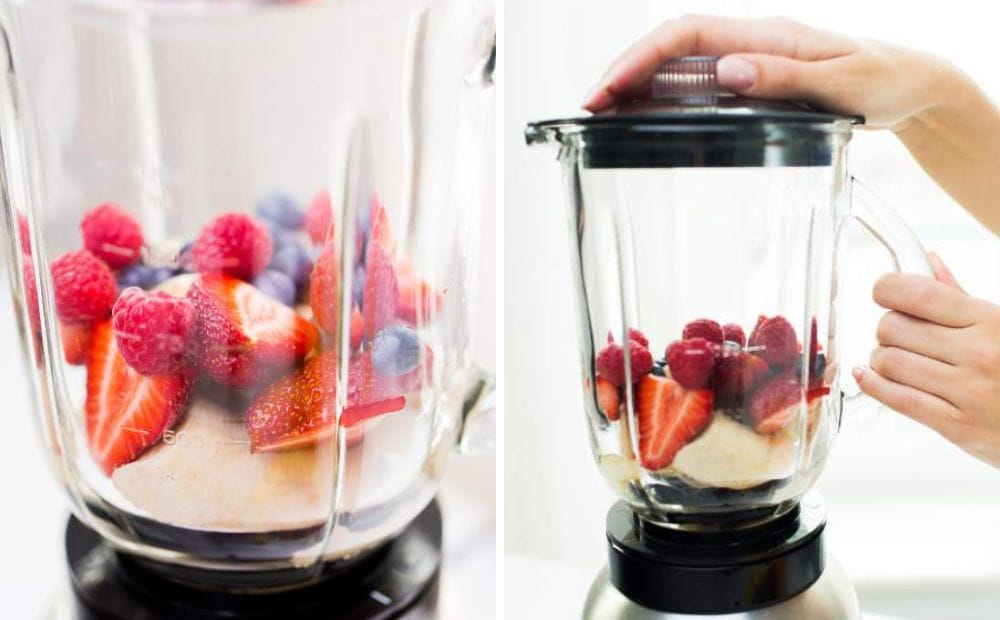
Glass jar blender
Potential Risks of Dishwashing Blenders
While many blenders are labeled as dishwasher safe, there are still potential risks associated with washing them in the dishwasher. Here are some of the risks to be aware of:
- Damage to blender components: The high heat and abrasive action of the dishwasher can cause damage to blender components, such as blades, seals, and gaskets. Over time, this damage can affect the performance of the blender and may even render it unusable.
- Leakage or contamination: If the seals and gaskets are damaged during dishwasher cleaning, the blender may leak or become contaminated with food particles. This can be a health hazard and may also affect the taste and quality of the blended food.
- Warping or discoloration: Some blender components may warp or become discolored when exposed to high heat in the dishwasher. This can affect the appearance of the blender and may also affect its performance.
- Electrical hazards: If water enters the electrical components of the blender, it can cause electrical hazards and may even lead to a malfunction or fire.
To avoid these potential risks, it is recommended to hand wash blender components with warm soapy water and a soft sponge.
This will help to ensure that the blender remains in good condition and performs well over time.
Manufacturer's Instructions
When it comes to determining whether a blender is dishwasher safe or not, it is important to look at the manufacturer's instructions.
The manufacturer's instructions will provide guidance on how to clean and care for the blender, including whether it is safe to put in the dishwasher.
Some blenders are designed to be dishwasher safe, while others are not. The manufacturer's instructions will typically indicate whether the blender can be washed in the dishwasher or not.
If the instructions do not mention anything about dishwasher safety, it is best to assume that the blender is not dishwasher safe.
It is important to follow the manufacturer's instructions carefully when cleaning a blender, whether it is dishwasher safe or not.
Failure to follow the instructions could result in damage to the blender or injury to the user.
If the blender is dishwasher safe, it is important to ensure that it is loaded properly in the dishwasher to avoid damage.
When cleaning a blender in the dishwasher, it is important to ensure that all parts are disassembled and placed in the dishwasher separately.
This will ensure that each part is cleaned thoroughly and that there is no residue left behind. Additionally, it is important to use a gentle dishwasher detergent to avoid damaging the blender.
Overall, it is important to consult the manufacturer's instructions when determining whether a blender is dishwasher safe or not.
Failure to follow the instructions could result in damage to the blender or injury to the user.
Conclusion
Whether a blender is dishwasher safe or not depends on the specific model and manufacturer's instructions.
It is important to read the user manual carefully before attempting to clean the blender in a dishwasher.
Some blenders have detachable parts that are dishwasher safe, while others may require hand washing.
Additionally, certain materials, such as glass or stainless steel, may be more durable and resistant to damage in a dishwasher compared to plastic parts.
Overall, it is recommended to err on the side of caution and hand wash the blender if there is any uncertainty about its dishwasher safety. This will help to prevent damage to the blender and ensure its longevity.
Frequently Asked Questions
Is a Nutribullet blender dishwasher safe?
Yes, Nutribullet blenders are dishwasher safe. However, it is recommended to hand wash the blades and gasket for longer lifespan.
Is a KitchenAid blender dishwasher safe?
Yes, KitchenAid blenders are dishwasher safe. However, it is recommended to hand wash the blades and gasket for longer lifespan.
What does the dishwasher safe symbol mean for blenders?
The dishwasher safe symbol for blenders means that the blender is safe to be washed in a dishwasher. However, it is recommended to check the manufacturer's instructions for specific details on which parts are dishwasher safe.
Are blender bottles safe to put in the dishwasher?
Yes, most blender bottles are dishwasher safe. However, it is recommended to check the manufacturer's instructions for specific details on which parts are dishwasher safe.
Is the Ninja Foodi blender pitcher dishwasher safe?
Yes, the Ninja Foodi blender pitcher is dishwasher safe. However, it is recommended to hand wash the blades and gasket for longer lifespan.
Can you safely put a stick blender in the dishwasher?
Yes, most stick blenders are dishwasher safe. However, it is recommended to check the manufacturer's instructions for specific details on which parts are dishwasher safe.
If you are in the market for a new blender, then check out our articles and top picks:
